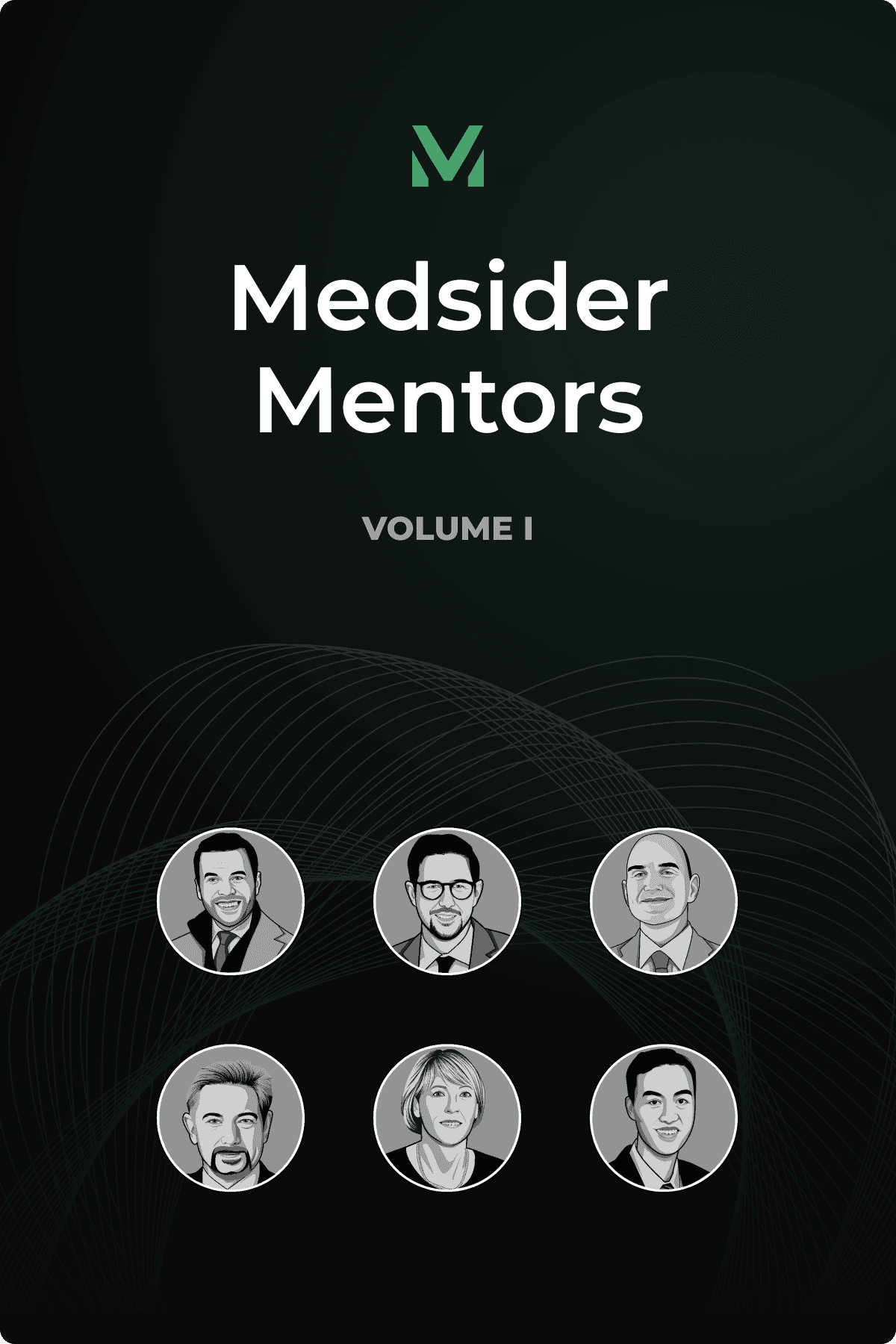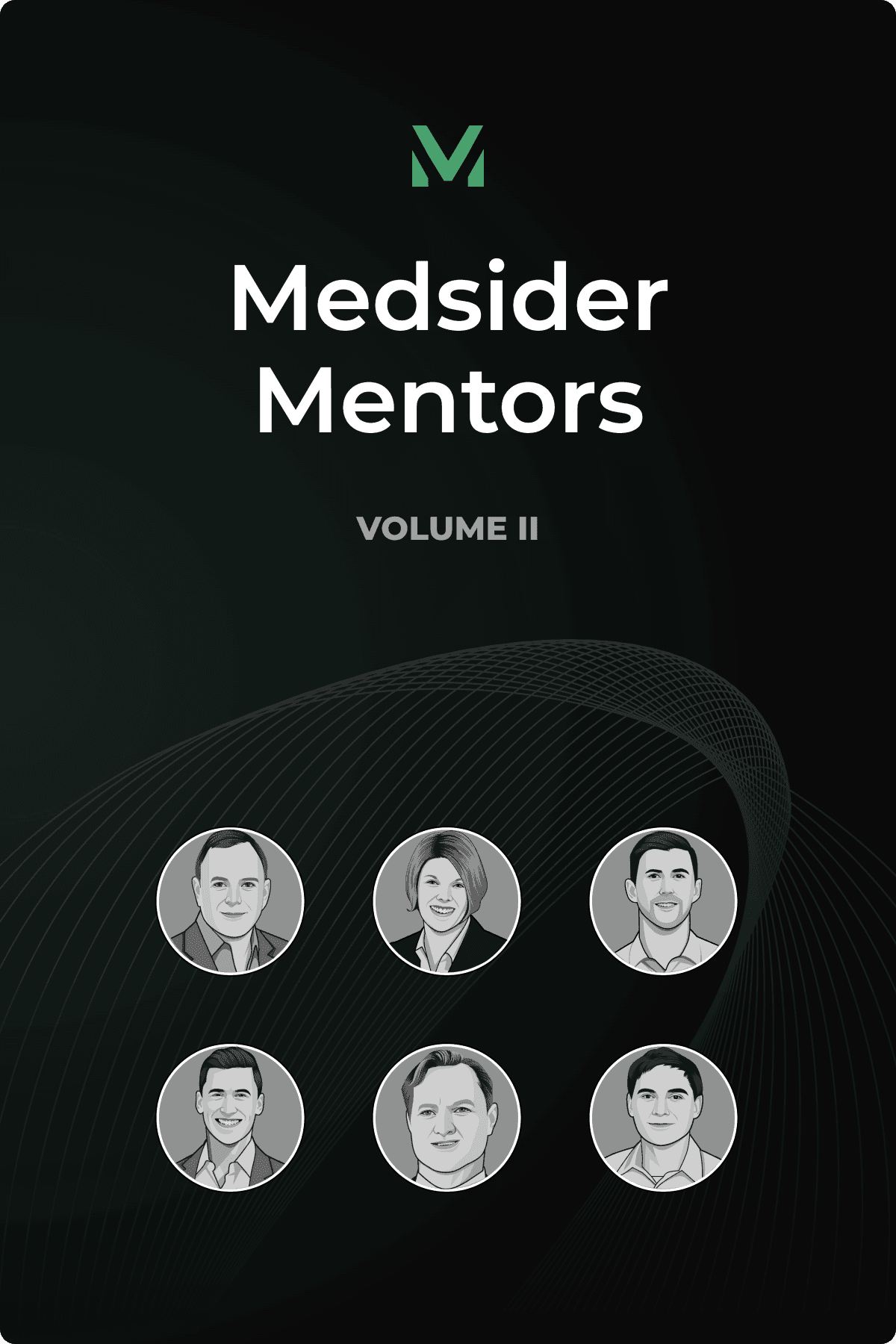Challenging the Gold Standard
Interview with Profound Medical CEO Arun Menawat

Key Learnings From Arun's Experience
Resist the urge to rush to market and don't cut corners during development, even when facing financial pressures. Building credibility with future users requires comprehensive clinical data and a willingness to address their specific concerns. For Profound, this meant voluntarily delaying their CPT code application by a year at the AMA's suggestion to gather more real-world evidence — a difficult decision that ultimately led to unanimous approval. For truly disruptive technologies, credibility is essential for both regulatory clearance and market adoption.
Strategically design clinical trials to build trust with physicians and decision makers to overcome the inherent skepticism that comes with disruptive technologies. Profound designed a head-to-head comparative trial against the current standard of care — an ambitious move that exceeded minimum regulatory requirements. This approach, while requiring more extensive resources upfront, can create compelling evidence that may unlock adoption from even the most conservative practitioners.
When scaling disruptive medical technologies beyond the cadre of early adopters, create strategic partnerships to achieve broader adoption. While innovators willingly adapt their workflows, mainstream providers require seamless implementation. Profound Medical's partnership with Siemens exemplifies this principle — bundling MRI capabilities with their novel technology eliminates coordination barriers that would otherwise slow market penetration. This enables novel devices to integrate within existing clinical ecosystems rather than forcing workflow revolution.
Imagine being diagnosed with cancer in the morning, treated in the afternoon, and going home the same day to tell your family, "I was diagnosed, but don't worry, I'm cancer-free." This isn't science fiction — it's the vision that has driven Arun Menawat through nearly nine years as CEO of Profound Medical.
Profound Medical's flagship TULSA-PRO system is making this vision a reality for prostate cancer patients. The technology starts by placing the patient in an MRI scanner, allowing surgeons to precisely visualize the prostate and surrounding structures. Using AI, the system automatically defines the boundaries of the prostate, keeping critical nerve bundles and muscles intact. A small tube inserted into the center of the prostate delivers ultrasound waves that heat the tissue to exactly 57 degrees Celsius — the temperature at which tissue dies instantly.
"The surgeon is just sitting and watching the screen. They're only interfering if something has to be changed," Arun says. "At 57 degrees, the tissue dies. And then you pull the catheter, no incision, no blood loss, no hospital stay. Patient wakes up, and the only reason they know that a procedure is done is because there's a catheter to keep that warm prostate safe for a few days."
This approach dramatically reduces the debilitating side effects associated with traditional prostate cancer treatments. While robotic surgery and radiation can leave up to 20% of patients incontinent and 50% with erectile dysfunction, TULSA-PRO preserves these functions by avoiding damage to the surrounding nerves and muscles.
"In today's world, where men want to be active, they don't want to be incontinent. They want to go play golf, they don't need to change diapers all the time. They certainly want to have a full life and not lose their sexual function," Arun emphasizes. "There's a serious unmet need."
With FDA clearance, a new Medicare reimbursement code as of January 2025, and installations at over 50 sites that have treated approximately 4,000 patients, Profound Medical is now in active commercialization mode. But the path to this point required strategic decision-making and a deep commitment to building credibility at every step.
You May Like These Articles
Medsider Premium
Become a premium member and unlock access to exclusive Medsider benefits.



